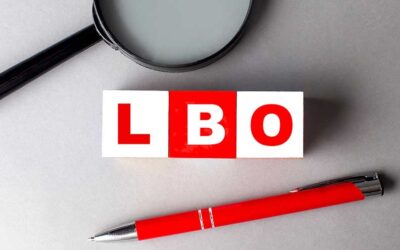In the annals of business history, there are tales of mergers and acquisitions that have brought tremendous success, redefining industries and creating massive value for stakeholders. However, some stories serve as stark reminders of the risks involved. Among these, the AOL-Time Warner merger stands out as one of the most significant failed M&As in the annals of corporate America.
Background
In January 2000, at the height of the dot-com bubble, AOL, a dominant internet service provider, and Time Warner, a media conglomerate with vast television, music, and publishing assets, announced their intention to merge. The deal was valued at a staggering $165 billion, making it the largest merger in history.
The promise was enticing: by combining Time Warner’s content with AOL’s online platform, the merged entity hoped to create a digital media powerhouse that could dominate both the old and new media landscapes.
What Went Wrong?
- Cultural Mismatch: One of the most significant issues post-merger was the cultural clash between the two companies. AOL’s tech-driven, fast-paced startup culture didn’t mesh well with Time Warner’s traditional media ethos. This dissonance resulted in internal power struggles and a lack of cohesion in strategy and execution.
- Overvaluation and the Dot-com Bust: The merger occurred at the peak of the dot-com bubble, which meant AOL’s stock was grossly overvalued. When the bubble burst, AOL’s value plummeted, dragging down the combined company’s stock price. By 2002, the company had reported a staggering loss of $99 billion.
- Failed Synergies: The envisioned synergies, like integrating Time Warner’s cable system with AOL’s internet services or leveraging Time Warner’s content on AOL’s platform, never fully materialized. Instead of the promised seamless integration, the two entities often functioned more like disjointed units.
- Technological Changes: Broadband was quickly becoming the standard for internet access. AOL, which had thrived in the era of dial-up connections, struggled to adapt to this new reality, losing customers at an alarming rate.
- Regulatory Hurdles: The merger faced significant regulatory scrutiny, leading to delays and eventual divestitures that further eroded the proposed benefits of the union.
Aftermath and Legacy
By 2009, the realities of the failed merger were clear, and Time Warner and AOL decided to split, ending what had been a tumultuous almost decade of joint operations. In the years following the breakup, both companies underwent significant transformations, with AOL being acquired by Verizon in 2015 and Time Warner (renamed WarnerMedia) being purchased by AT&T in 2018.
The AOL-Time Warner merger is often cited as a cautionary tale in business schools and among M&A professionals. It underscores the importance of cultural due diligence, the dangers of overvaluation, and the need for a clear, executable vision when merging two distinct entities.
Missed Opportunities
While mergers and acquisitions can offer companies tremendous opportunities for growth and synergy, they are not without risk. The tale of AOL and Time Warner reminds us that for every potential success story, there’s a possibility of a mismatch, leading to unfulfilled promises and missed opportunities.




